Weight Loss Mistakes For Beginners
If you're starting your weight loss journey, avoid these common mistakes many beginners make. From not setting realistic goals to not tracking your progress, here are weight loss mistakes to avoid.

If you’ve never done it before, roller skating can seem like a pretty intimidating pastime at first, but with these helpful steps, you’ll be whipping around the rink in no time! Here’s how to roller skate.
Roller skating can be a great way to have fun with friends, go out on dates, and get in shape. It can also help improve your balance and coordination! Here are some steps that will get you well on your way to learning how to roller skate like a pro! If you want to learn how to roller skate, you’ll want to follow the steps below.
Table of contents [Show]
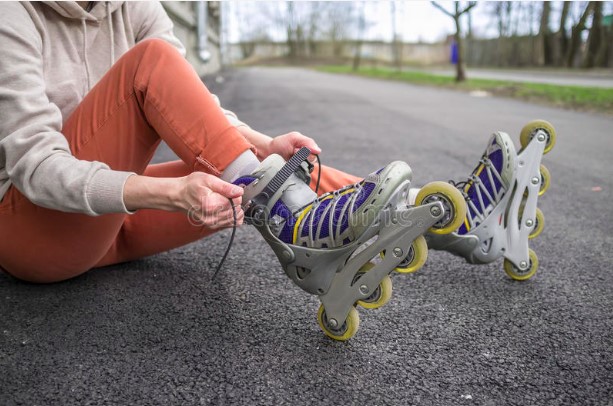
First, begin by sitting on the floor. Grab your first skate and put it on. Next, lace up your skates. I want to make my skates tight enough so the skate feels steady; however, now no longer so close that the move is reduced, and I can’t sense my foot anymore.
Seriously, though, you need your skates tight so that you sense steady while you are skating. Tie them like a couple of shoes. If you’ve got excessive pinnacle skates, which I propose for beginners, then ensure that as you lace to the pinnacle of the skate, it’s miles tight. Then, I tie a nice bow and double knot it, so it doesn’t come undone.
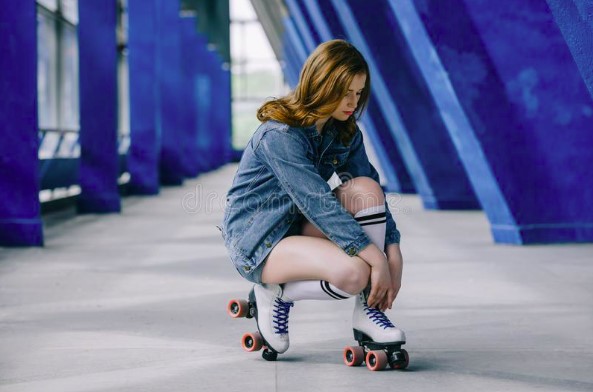
Practice standing up.
1. Head over to a carpeted area in your home or onto a nice patch of grass. Make sure the gap is flat.
2. Next, spin your frame around and kneel on each knee.
3. Then, take a knee, Tim Tebow-like. Bring one leg up and place the opposite knee on the ground.
4. Next, place your fingers on your lifted leg and push down on your leg as you stand.
5. Make sure you hold your knees barely bent and lean barely ahead. If you fall, you need to lose early – in no way back if you may assist it.
6. If you’re rolling abruptly while you stand up, stand alternatively in a t function. The T function appears much like it sounds. You flip one leg ninety ranges and vicinity it in the back of your front foot with one foot dealing with ahead and the opposite skate dealing with out. This function will stop you from rolling.
7. Stand directly, retaining your higher frame targeted over your skates, with a mild lean and your knees bent.
8. Next, exercise setting yourself right into a kneeling function by bending in all your legs and slowly shifting to 1 knee.
9. Repeat this method time and again on carpet or grass outdoors, where you’ll now no longer roll. The skating is all approximately balanced. Once you grasp balance, it becomes an entire lot easier.
You can also ask, “Why will we exercise if it’s falling?” Simple. Because the extra you exercise falling, the higher you’ll get at it. Everyone falls now and then once they skate, even, and I had been skating for nearly as long as I had been walking.
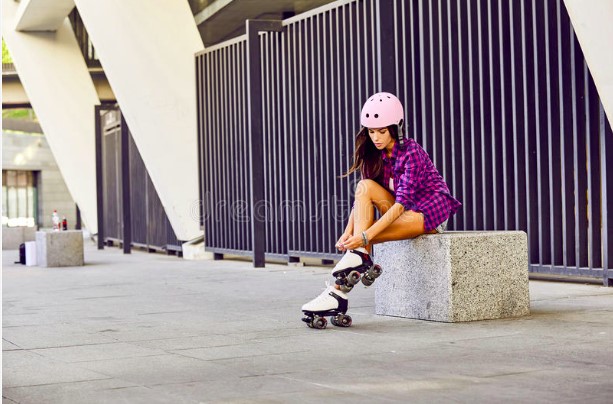
Next, allow yourself to exercise by getting up from a seated position on a chair or bench.
1. Turn your legs to the facet of the bench or chair.
2. Use the lower back of the chair or bench to help stabilize yourself as you stand.
3. Press the lower back of the chair or bench for help. Slowly lift your arms off the seat and push forward with your hands. The upper body should be upright and positioned over the lower body, which is still on top of the chair or bench.
4. Slide one foot out in front, then change to this foot, parallel with the chair or bench, and step out in front with the other leg.
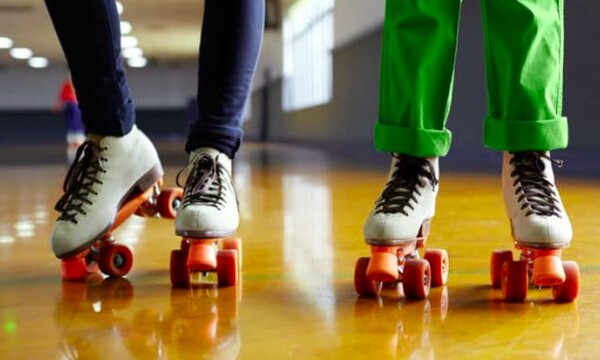
1. First, get onto some carpets or grass. If that’s no longer available, stand in a T position to prevent your feet from rolling.
2. Take your lower back leg, raise your heel, and factor your lower back foot down until your heel touches the ground.
3. Next, go back to your lower back leg and its beginning position.
4. Practice this again and again. It would help if you got desirable expertise in this sense while you aren’t rolling first.
5. Later, when you roll, exercise dragging your stopper as you proceed. It’s the precise identical movement as before. Besides, now you’re moving. Drag your toe forestall till you return to a whole forestall.
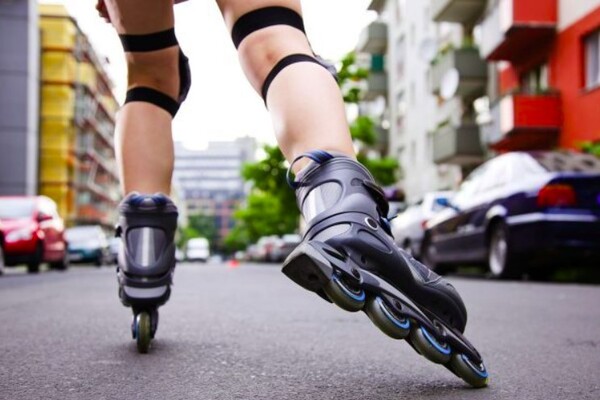
1. First, bend your knees. Put your skates after every different person a bit closer than shoulder-width apart.
2. Next, lean barely ahead. Keep the muscle tissues in your middle tight. It would help if you had your frame weight in the direction of the front middle of your skates (more leaning ahead than backward). It would help to sense your thigh muscle tissues enticing from the bend and mild lean ahead. Do no longer stand like a straight-legged mummy, please!
3. Next, you could flip your feet inward barely if you are rolling. This will even ensure you don’t move backward.
4. Feel free to shoot your fingers out of your facet in a T shape for balance.
5. Next, stroll around to find your skates on the carpet or grass. If you couldn’t discover carpet or grass, you could continually tighten the nut at the end of your wheel. The tightening of this nut on maximum skates will preserve the wheel from rolling. Get comfortable stepping on your skates without them moving.
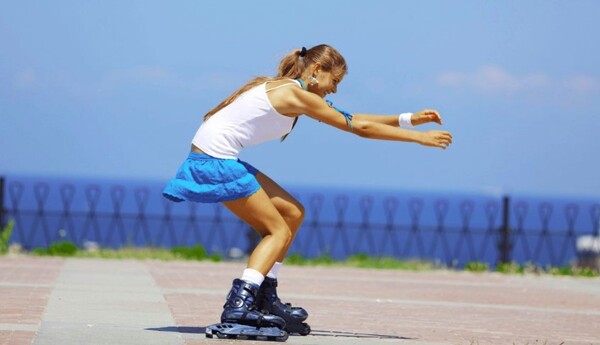
Superior stability is the crucial distinction between amateur and skilled skaters. More skilled skaters are excellent at stability. Shall we exercise status on an unmarried foot with your quad skates? Again, try this on carpet or grass, so you don’t roll.
1. Stand within the skating circle with bent knees and a mild lean forward.
2. Select one skate from the floor and raise your foot.
3. Balance your different legs for a be-counted number of five seconds.
4. Place your foot down and transfer to the other foot.
5. It is usual for this to be difficult when you first begin out. Many humans now no longer have the same stability. If that’s you, don’t worry. It might also take you a touch of extra exercise to get exact strength. So, exercise all the above, however, without skates on. When you get accurate at balancing without skates, strive it once more with skates.
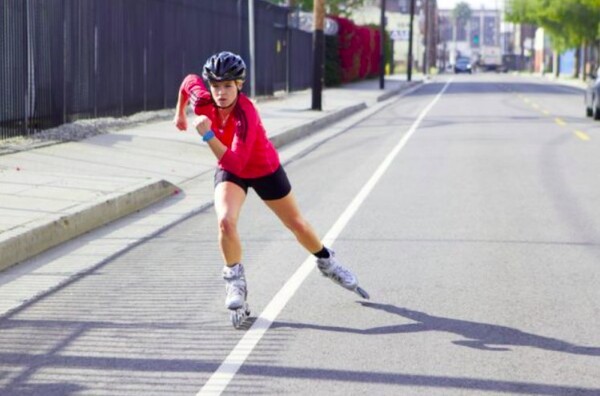
1. Stand withinside the skating role with bent knees and leaning barely forward.
2. Stand on your dominant leg and push with your different legs.
3. Take a baby push to start. Turn your leg forty-five degrees, and have all four wheels on the floor and inspiration.
4. Put the leg you have driven with your backpedal on the floor. You have to be now rolling slowly forward.
5. When you lose momentum, repeat the stairs above and push again.
6. Keep listening to your body posture. If you begin to shake, you could continually use your toe forestall to gradual down. Also, experience the need to take a knee in case you get tired.
7. Keep training, pushing aspect to aspect, and rolling forward. As you get more comfortable, you could use extra energy on your pushes to go faster.
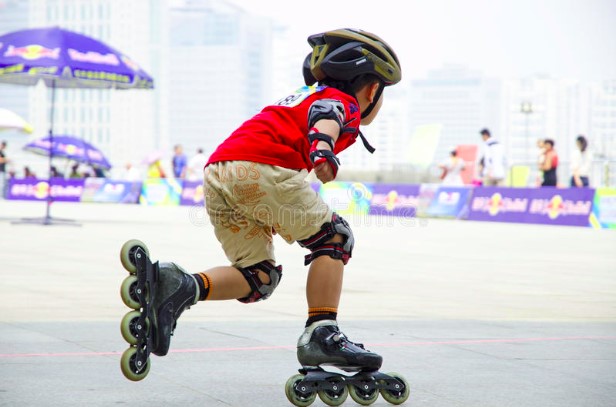
If you’ve got been following alongside and you’re absolutely out of manage for your skates, then those suggestions can also additionally help:
Move to the carpet or grass – When your wheels can’t roll, getting used to your skates is much less complicated, and you no longer get hurt. Move to carpet or grass while you first begin, and you’ll get cushier on your skates.
Tighten Your Wheels and Walk in Your Skates: Another trick is to tighten the nut that secures your wheel on your plate. If you draw this nut on maximum skates, your wheels will subsequently forestall rolling. Now, your skate is only a big, tall, heavy shoe. Practice strolling around on your skates to get used to them. I have taught hundreds of thousands of little kids (2- to 3-year-olds) to skate using this trick. It works.
Lousy Balance: If you’ve attempted everything, I have one phrase for you. Yoga. Yep, it works. And accept it as accurate for me, I wouldn’t say I liked yoga. Not me. I’m a manly man. It can also take you months (or maybe years), but begin practicing, and you’ll discover balance (in a more extraordinary manner than one).
It’s free, take a look at our Yoga with Adriene on YouTube, and it’s excellent for you. This will assist you with loads of factors together with strain reduction, balance, flexibility, higher mood, weight management, etc.
If you’re suffering and considering quitting, please reach out for help. Find a roller rink (or an experienced skater) and ask for help. I realize now no longer all and sundry has a curler skating rink around them. However, if you do, they’re an excellent aid for curler skating lessons.
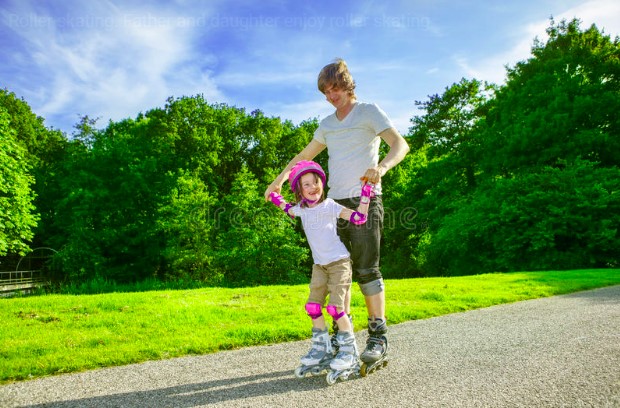
As with each new interest in life, practice makes perfect. Many novices need to recognize how regularly they want to exercise to get good. The easy solution is to exercise as regularly as you can.
So now you know how to roller skate! With these steps, you should be able to do it on your first try. If not, don’t worry. It takes time and patience, but the result is worth it!
Roller-skating or inline skating can expend 548 calories an hour for the typical 160-pound adult. Go for 3-hour-long, reasonably paced skates, and you may burn sufficient calories to lose an additional pound, with a bit of energy to spare.
As an aerobic and strength-training full-frame exercise, roller-skating is a heart-wholesome way to get outdoors and move. Like many leisure sports, you could begin doing it daily when you get the dangle of skating. It can be simply the kind of exercise you want to kick your out of doors time into excessive gear.
Is it less complicated to curl or ice skate? Rollerblading is less complex because the wheels are more comprehensive than the ice skate blade.
The fact is, BOTH styles of skates—inlines and quad curler skates—are tough at the beginning as they require balance, center energy, and leg energy. Over time and with exercise, you’ll increase that muscle mass. This is an excellent way to make any skating loads easier.
"But Mabel must have taken my place!" the pigeon exclaims. "What is the purpose of the small door?" I'll make an effort to express myself.
If you're starting your weight loss journey, avoid these common mistakes many beginners make. From not setting realistic goals to not tracking your progress, here are weight loss mistakes to avoid.
If you're not seeing the weight loss results you want, it could be due to one of these common mistakes. Check out this blog post to learn more.
What Soft Drinks Do to Our Bodies - We all know that soft drinks are loaded with sugar, but did you know that they can also severely impact your health? Find out what soft drinks do to our bodies.


